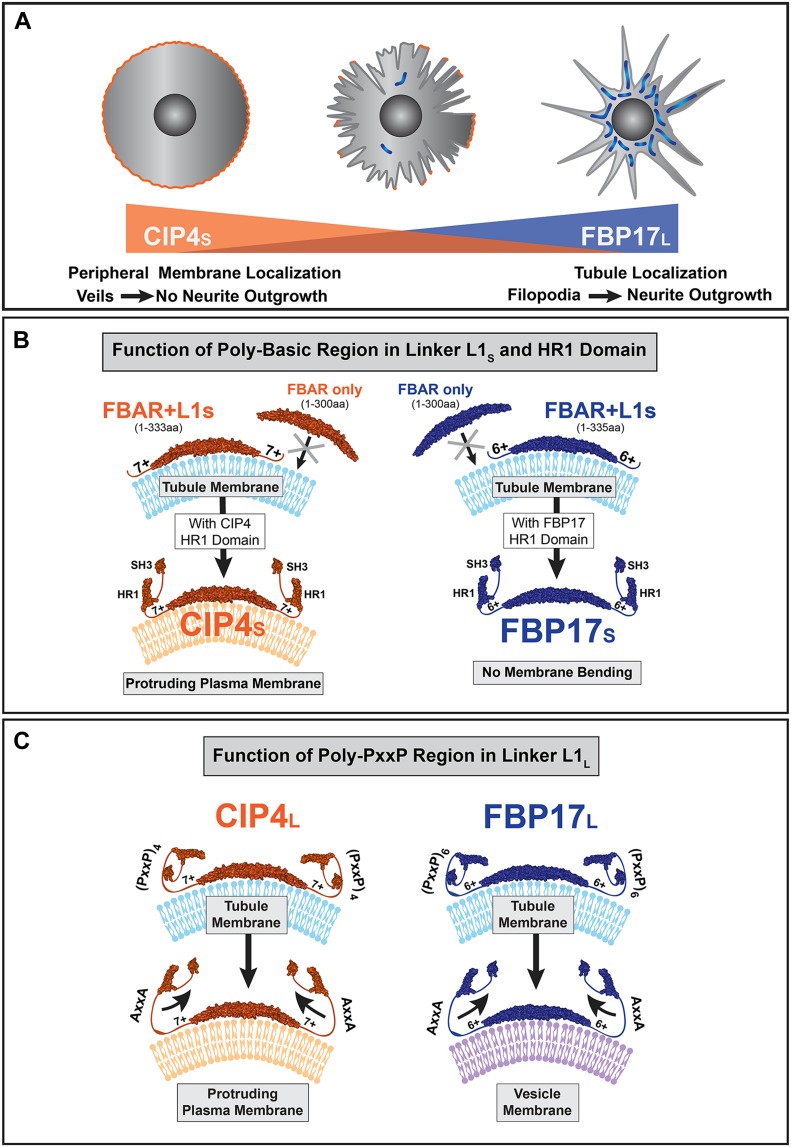Figure 7. Working model for CIP4 and FBP17 membrane localization and function.
(A) Schematic showing the localization and function of CIP4S and FBP17L. High levels of CIP4S expression results in concentration at the peripheral membrane, increased lamellipodia and veil protrusion, and inhibition of neurite outgrowth. In contrast, high levels of FBP17L expression results in concentration on tubules and excessive tubulation, more prominent filopodia formation, and promotion of precocious neurite outgrowth. A wild-type cell is shown with endogenous levels of CIP4S and FBP17L between these two extremes. (B) A model describing the function of the PBR and HR1 domain in CIP4S and FBP17S. The F-BAR/EFC domain of CIP4 or FBP17 alone cannot bind or bend membrane. The F-BAR/EFC domains of CIP4 and FBP17 require the positive amino acid residues within the PBR to bind and tubulate membrane in primary cortical neurons (and COS-7 cells). The addition of the CIP4 HR1 domain relocates CIP4 to the peripheral plasma membrane, where it bends membrane but produces static (slowly extending/retracting) protrusions. Addition of the second linker region and SH3 domain results in dynamic (extending and retracting) protrusions. The addition of the FBP17 HR1 domain appears to prevent membrane bending, resulting in full-length FBP17S adopting a diffuse distribution, similar to EGFP. (C) A model describing the function of the poly-PxxP region in the L1L of CIP4L and FBP17L. Long isoforms of both CIP4 and FBP17, which contain multiple PxxP motifs (four in CIP4L and six in FBP17L), induce membrane tubulation in cortical neurons. When these poly-PxxP motifs are mutated to AxxA, the long isoforms are no longer able to form tubules and localize in a fashion similar to their short forms. As CIP4L contains the CIP4 HR1 domain, the AxxA mutation in CIP4L localizes to the peripheral membrane and causes lamellipodial/veil formation, whereas the AxxA mutation in FBP17L no longer tubulates, rather concentrating on vesicles.

